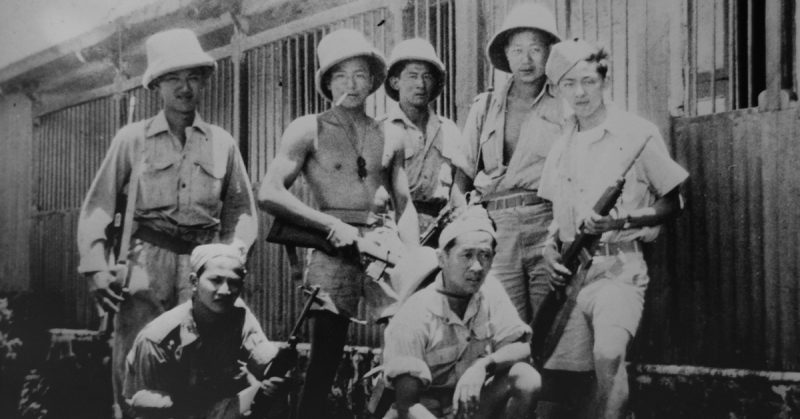By Catherine Clement
Curator, Chinese Canadian Military Museum
There are not many WWII stories that ended up advancing the civil rights of an entire community. But a new exhibition called Rumble in the Jungle: The Story of Force 136 shares a relatively unknown part of military history that also changed the fortunes of every Chinese Canadian.
On display at the Chinese Canadian Military Museum in Vancouver, Canada, Rumble in the Jungle tells the story of a small band of Chinese Canadians who, during WWII, were secretly seconded to British Intelligence and trained in commando-style warfare and jungle survival. Their destination: behind Japanese lines in Southeast Asia. Their mission: to seek out and train local resistance fighters, and assist with sabotage and espionage.
Ironically, while these men were agents for the Allies, back home in Canada they were not considered citizens. Although born in Canada, these soldiers could not vote, nor could they become engineers, doctors or lawyers. Many were forced to live in segregated neighborhoods. In some cities, they were forbidden to swim in public pools and were forced to sit in the back of theaters.
In fact, in the early years of WWII, heated debates took place as to whether Chinese Canadians should even enlist given how poorly the community was treated. Despite the arguments to not volunteer, many young Chinese Canadian men marched into recruitment offices and offered to serve. Most were told “we can take your name, but you are not likely to be called up because you are Chinese,” then shown the door.
So why were these men suddenly in demand for a challenging, covert mission? And how did their service change the lives of all Chinese in Canada?
The perfect agents:
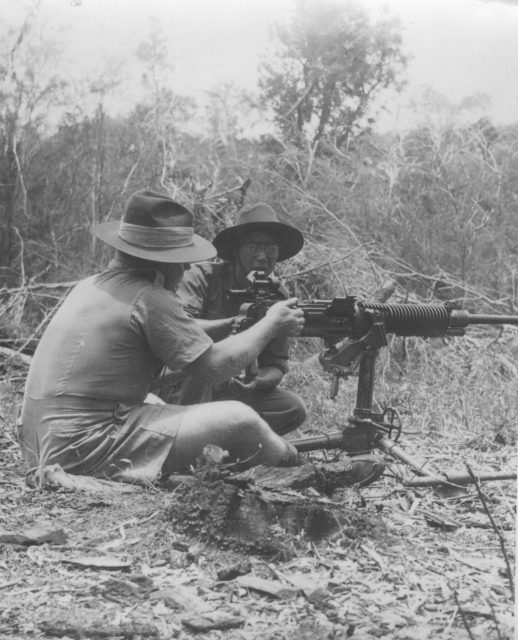
In late 1941, Japan entered the war. It quickly invaded large swathes of Southeast Asia. Many of these areas had been British, French and Dutch colonies.
Britain was desperate to infiltrate the region. They had had some success in occupied Europe when Special Operations Executive (SOE.) trained and dropped secret agents into France, Belgium, and Holland. These agents organized and supported local resistance fighters, and helped with espionage and sabotage of infrastructure and German supply lines and equipment.
However, Southeast Asia presented unique challenges to SOE. It was a vast area with many islands, challenging physical terrain and diverse populations and languages. As well, most of the residents of the region resented their former colonizers.
SOE realized that Caucasian agents would stand out too much and would struggle to gain local trust. The British needed an alternative.
There was one glimmer of hope. Scattered throughout the region was a sizeable population of Chinese who were vehemently opposed to Japanese occupation and angry about Japanese aggression in China. The question was how to contact and organize them?
That’s when the British discovered Chinese Canadians. They could easily blend into the population. They could speak Cantonese. They were loyal to the Allies. And there were lots of these young men waiting for an assignment.
No ordinary soldiers:
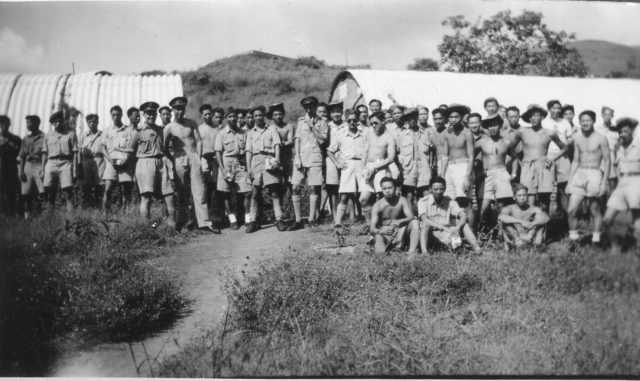
Between 1944 and 1945, Chinese Canadians were recruited and quietly seconded to SOE in Southeast Asia (Force 136). They were told they had a 50-50 chance of surviving. They also were sworn to secrecy.
To do this kind of work would require much more than basic army training. The men would need to learn commando warfare techniques. Over the course of several months they learned skills such as: stalking; silent killing; demolition; jungle travel and survival; wireless operations; espionage; and parachuting.
Besides their grueling training, the men would have to fight off illnesses (like malaria, dysentery and broken bones), and endure incredible heat, humidity and monsoons. Each man was offered a cyanide capsule, in case of capture. Some were also given opium capsules or gold coins they could use for bribes.
Eventually, each recruit became a specialist and part of a small, self-sufficient team.
The Operations:
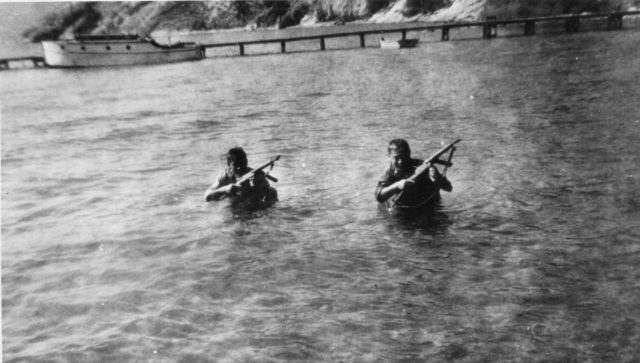
Originally unsure that Chinese Canadians could pass muster, SOE recruited in waves. The first team consisted of only 13 hand-picked men. Eventually, about 150 were seconded for Southeast Asia with the majority based out of India.
Given how late in the war it now was, most recruits were not fully deployed before Japan surrendered in August, 1945.
Some men had been assigned to do short trips into occupied Burma. But 14 Chinese Canadians found themselves operating behind Japanese lines for several months in Borneo, Malay, and Singapore. They endured primitive conditions as well as suffocating heat and humidity. They befriended headhunters and other guerrilla groups in the jungles. To survive, some men were forced to eat monkey and crocodile meat, and even insects.
Sometimes, even getting to their destination was a test of endurance.
“It was supposed to be a three-day trip through the jungle,” Ernie Louie from Vancouver recalled years later when describing his drop into Malay. “But it lasted seven nightmarish days as we tramped 85 miles through swamps and dense jungle. For three full days, it poured rain and our boots disintegrated.”
One War, Two Victories:
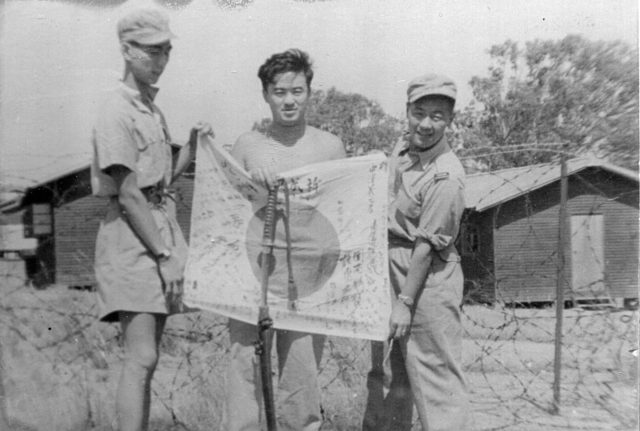
Fortunately, all the Chinese Canadians in Force 136 survived the war although some came back sick with tropical diseases.
With the war over and the Allies victorious, Chinese Canadians now wanted a second victory – the right to vote. Armed with their war wounds and service records, veterans became part of a chorus that demanded full citizenship for the community.
Their loyalty won out. Two years after the guns fell silent, Chinese Canadians were finally granted citizenship. By 1957, the country elected their first Chinese Canadian Member of Parliament: Douglas Jung, who had served with Force 136.
Today, through the Museum’s special exhibition, a new generation is learning how the blood, sweat, and tears of a small group of men, in a secret jungle war, helped change the destiny of an entire community. And how their service helped secure a coveted title: the right to be called a “Chinese Canadian.”
More information at: www.ccmms.ca
Rumble in the Jungle: The Story of Force 136 is on at the Chinese Canadian Military Museum in Vancouver Canada until the end of 2016.
Author: Catherine Clement, Curator, Chinese Canadian Military Museum
